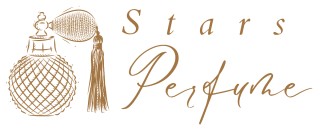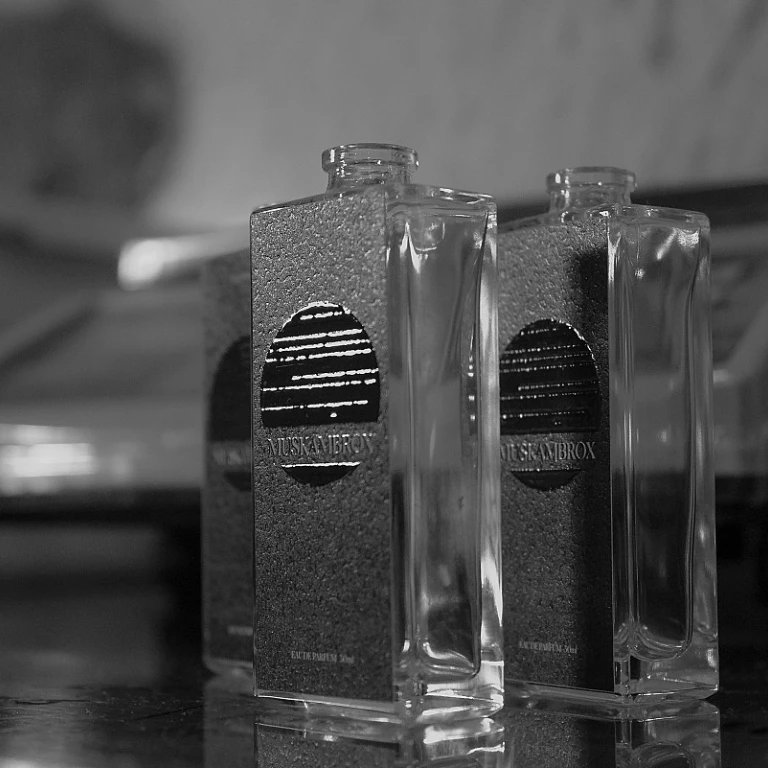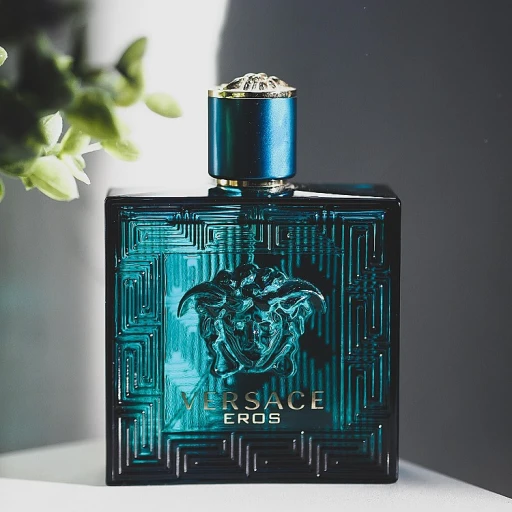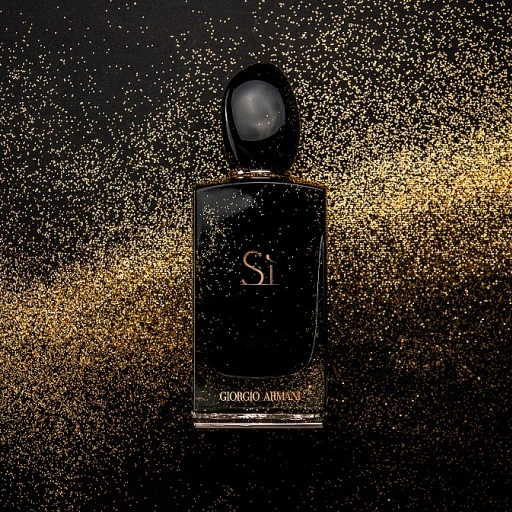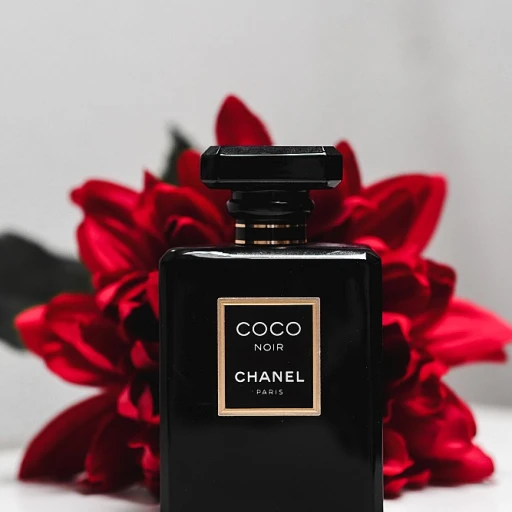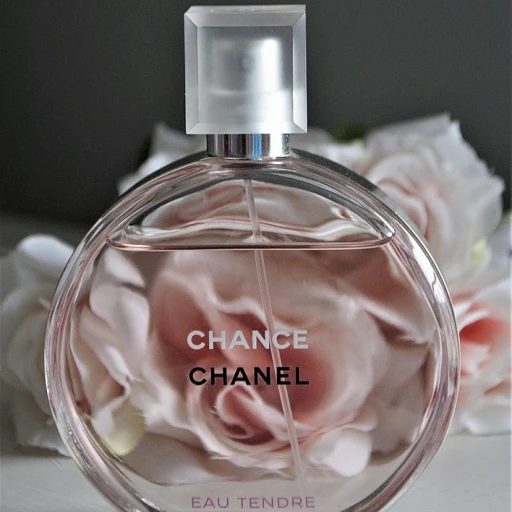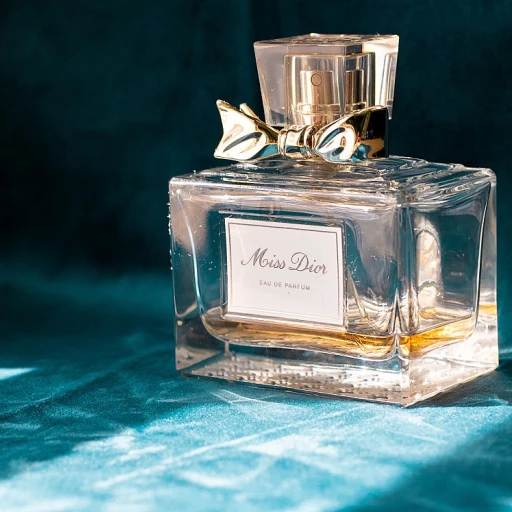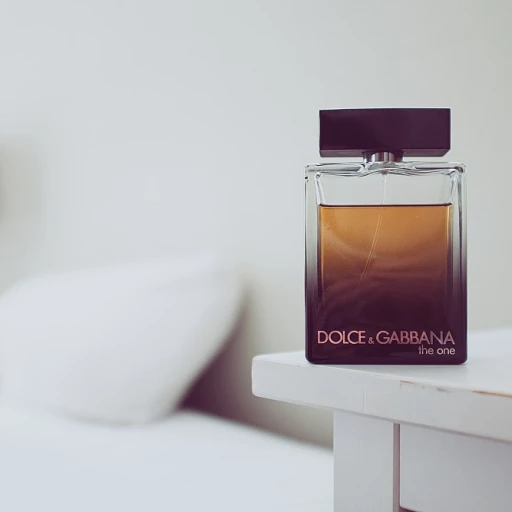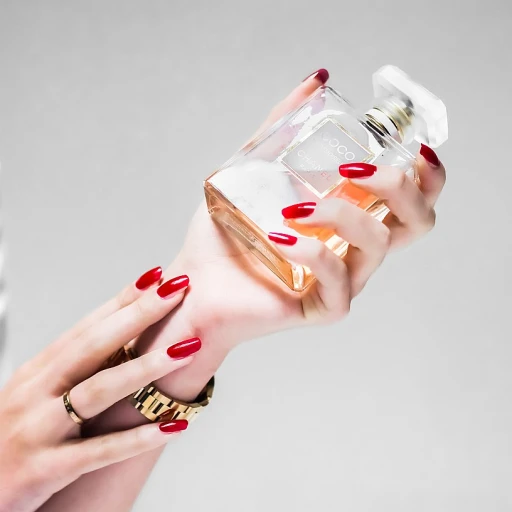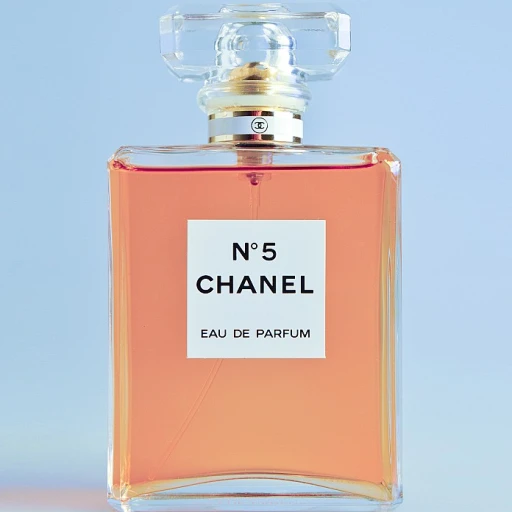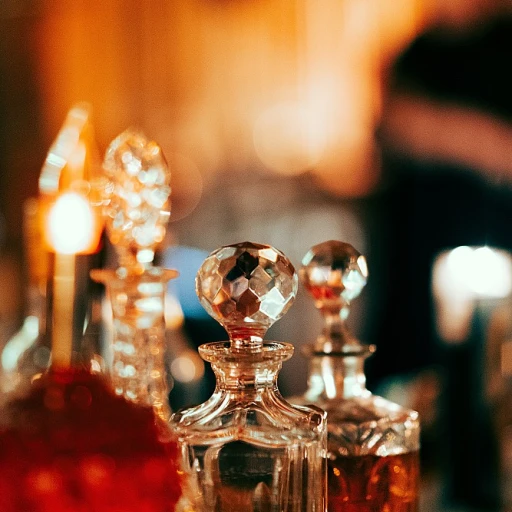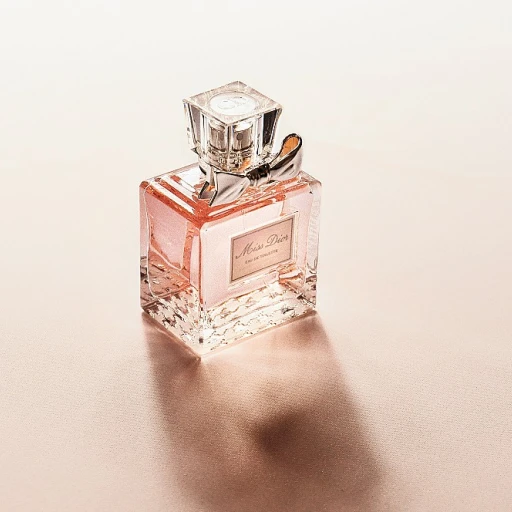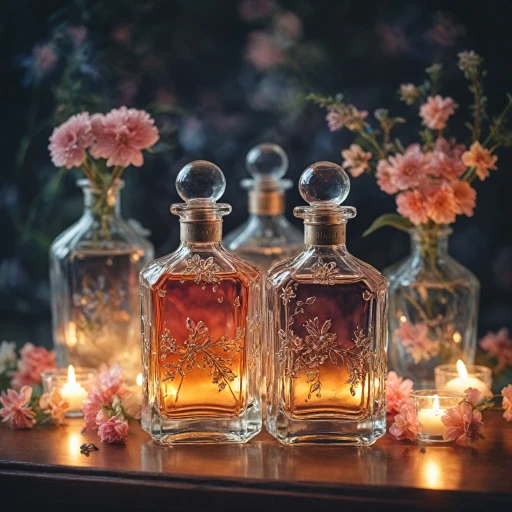
The History of Gendered Fragrances
The Evolution of Perfume Marketing
Perfume has a rich history, deeply intertwined with cultural perceptions of gender. Historically, the world of fragrance was not as gender-divided as it became in the modern era. In ancient times, scents were shared indiscriminately across genders. However, as societal norms evolved, so too did the marketing strategies surrounding perfumes, often categorizing scents with distinct gender labels.
During the 19th and 20th centuries, a significant shift occurred. Perfume marketing began to leverage gender-specific imagery and narratives. For instance, men's colognes were often marketed with notions of masculinity, using stronger, more rugged scents like leather or tobacco. Meanwhile, women’s perfumes embraced floral, sweet notes, invoking femininity and elegance.
The advent of gendered fragrances was largely influenced by societal expectations of men and women. As consumer culture surged and personal expression through olfactory choices became more prevalent, the division intensified. Perfume houses such as Christian Dior and Yves Saint Laurent contributed to defining fragrances that men love and women adore, firmly linking gender with specific scent profiles.
Nowadays, however, there's a growing trend towards gender-neutral and unisex fragrances that challenge these traditional boundaries. Designers like Tom Ford have been pivotal in creating scents that defy these historical categorizations. This evolution raises the question: must our scent preferences align with societal gender norms?
Exploring how cultures perceive scent reveals much about societal gender roles. While some cultures have rigid scent associations based on gender, others embrace a more fluid approach, intertwining personal preference with societal influences. For more on this fascinating journey through time and cultural influence, consider delving into the allure of incense perfume, a testament to how scents transcend gender and time.
Breaking Down Scent Profiles
Understanding the Complexities of Scent Profiles
When we talk about fragrance, it's essential to understand that scent profiles are not inherently gendered. The notion of categorizing perfumes as either for men or women is a relatively modern construct. Traditionally, fragrances were crafted using a variety of notes that appealed to the senses universally. Today, the lines are blurring as more people embrace the idea of wearing what they love, regardless of gender labels.
Fragrances are composed of different notes, which can be broadly categorized into three layers: top, middle, and base notes. These layers work together to create a harmonious scent experience. For instance, a perfume might open with fresh citrus notes, transition into floral or spicy middle notes, and settle into a warm, woody base. Each note contributes to the overall character of the fragrance, making it unique and personal.
Traditionally, men’s fragrances, or colognes, have been associated with woody, spicy, and musky notes, while women’s perfumes often feature floral, fruity, and sweet notes. However, this binary approach is evolving. Many modern perfumes, such as those from brands like Tom Ford and Yves Saint Laurent, offer gender-neutral options that blend these elements seamlessly, appealing to a broader audience.
In the world of perfumery, the focus is shifting from gender-specific marketing to individual preference. As we explore the rise of unisex perfumes in the next section, it's clear that the industry is responding to a growing demand for fragrances that transcend traditional gender norms. This shift encourages everyone to explore and embrace scents that resonate with their personal identity, rather than conforming to outdated stereotypes.
For those interested in delving deeper into the art of fragrance, exploring the essence of Misfah Gardens can offer a unique perspective on how cultural influences shape scent profiles. This exploration can enrich your understanding of how fragrances are crafted and appreciated across different cultures.
The Rise of Unisex Perfumes
The Shift in Fragrance Perceptions
In recent years, the landscape of fragrance has witnessed a transformative shift towards inclusivity, embracing the notion that any scent can be appreciated by anyone, regardless of their gender. This progressive shift challenges longstanding traditions and paves the way for the rise of unisex perfumes, catering to both men and women.
The concept of gender-neutral fragrances is not just a marketing trend but a reflection of evolving societal norms. Historically, certain notes such as floral were often linked with women, while woody or musky scents were associated with men. The ability to explore and wear perfumes that do not conform to these gender-based stereotypes invites a more personal and individual connection to personal scent choices.
Fragrance giants like Christian Dior, Tom Ford, and Yves Saint Laurent have introduced lines that include eaux de parfum that transcend traditional gender demarcations. From the lush complexity of houty cologne to the enticing sweetness of amber eau de toilette, the focus has shifted towards the essence of the fragrance itself, allowing individuals to express their personalities through scent without the confines of gendered labels.
These inclusions represent a broader cultural acceptance and understanding that preferences in smell and scent are subjective, influenced by personal tastes rather than societal expectations. As the fragrance industry continues to evolve, the boundary between "women's perfume" and "men perfume" becomes increasingly blurred, leaving more room for personal expression and the freedom to choose a fragrance that resonates with one's identity.
Cultural Perspectives on Scent and Gender
Cultural Influences on Fragrance and Gender
The cultural context plays a significant role in shaping our perception of fragrance in relation to gender. Across different societies, the norms and expectations for men and women often translate into distinct scent preferences and trends. Traditionally, western cultures have delineated perfumes as "for men" or "for women," with men fragrances often described as woody, spicy, or musky, whereas women perfumes are labeled as floral, fruity, and sweet. However, these categories are broad strokes that don't capture the full diversity of personal preferences.
In Eastern cultures, the approach to scent can be quite different. For example, in some Middle Eastern countries, men wearing sweet oud-based fragrances is a common practice, challenging the Western notion that sweet scents are only for women. This demonstrates that the link between scent and gender can be quite fluid depending on cultural perspectives.
Moreover, the rise of fashion-forward brands like Tom Ford and Yves Saint Laurent, who push gender boundaries through their unisex lines, suggests a growing rejection of traditional gender norms in fragrance. Their creations, such as Tom Ford's "Tobacco Vanille" and Yves Saint Laurent's "Tuxedo," are marketed to both men and women, highlighting the universal appeal of their scent profiles.
Ultimately, the perception of what constitutes a men perfume or a women perfume is increasingly becoming a matter of personal preference, transcending traditional gender boundaries. For those who love the world of scents, the focus has shifted from gender-specific notes to finding a fragrance that resonates personally, regardless of societal expectations.
Personal Preference Over Gender Norms
Personal Scent Choices Beyond Gender Boundaries
When it comes to selecting a fragrance, the conversation often shifts from gender-specific perfumes to personal preferences. In recent times, there has been a noticeable shift toward appreciating the individuality in fragrance choices without adhering to traditional gender boundaries. It is not uncommon for men to be drawn to women perfumes, and vice versa, as the emphasis turns to how the scent resonates with the individual rather than whether it is deemed socially suitable for their gender.
The breaking down of gender walls in perfumery has allowed for more freedom in expressing oneself. Everyone has unique taste, and finding a scent that speaks to you is what matters most. Men fragrances like Dior Homme and women perfumes from Yves Saint Laurent often exhibit notes that appeal to a variety of preferences, not restricted by gender norms.
In reality, each person’s skin chemistry interacts differently with fragrance, offering a unique scent experience that further tailors perfume to the individual wearer. This further reinforces the idea that fragrance choices should be based on personal love for a scent rather than conforming to gender tags, a philosophy that drives many to embrace gender-neutral fragrances.
As seen in the diversity of scope covering the evolution of women's perfumes and men perfume, the growing trend of unisex or gender-neutral perfumes showcases the industry’s shift in focus towards allowing fragrance lovers the liberty to make choices based not on predefined gender labels, but on their personal inclinations.
The range from Tom Ford and Christian Dior further illustrates this blend, presenting options that seamlessly interconnect the traditional boundaries. Whether it's a refreshing eau de parfum or an invigorating eau de cologne, exploring different blends and notes can help guide you toward a scent that truly encapsulates your own essence, free from gender bias.
Tips for Choosing a Fragrance That Suits You
Finding Your Signature Fragrance
Choosing a fragrance that resonates with you, rather than conforming to gender norms, can be a liberating experience. With the vast array of perfumes, eaux de toilette, and colognes available today, finding your signature scent is an exciting journey. Here are some tips to guide you in selecting a fragrance that aligns with your personal preferences:- Understand Your Scent Profile: Begin by exploring various fragrance notes. Some people gravitate towards the freshness of citrus, while others prefer the depth of woody or spicy notes. Pay attention to which notes evoke positive emotions or memories when you encounter them.
- Test Before You Commit: It's crucial to try different fragrances on your skin since perfumes can smell differently on each individual. Visit a store, apply a few options on your wrist, and give them time to settle before making a decision.
- Consider the Occasion: Just like clothing, certain scents may be more suitable for specific occasions. A light, fresh eau de cologne may be perfect for daytime wear, while a rich, potent parfum is better suited for evening events.
- Think About Longevity: Fragrances vary in how long they last on the skin. Eau de parfum typically offers longer staying power compared to eau de toilette, so consider your daily routine and which concentration would fit best.
- Seek Out Unisex Options: Don't limit yourself to products labeled as "men" or "women" perfumes. Unisex scents, like those from brands such as Tom Ford or Yves Saint Laurent, can provide unique fragrances free from traditional gender binary.
- Trust Your Instincts: Ultimately, the best fragrance is one that you love and feel comfortable wearing. Let go of societal expectations and embrace what makes you feel confident, whether it’s a classic Dior Homme or a modern gender-neutral scent.
